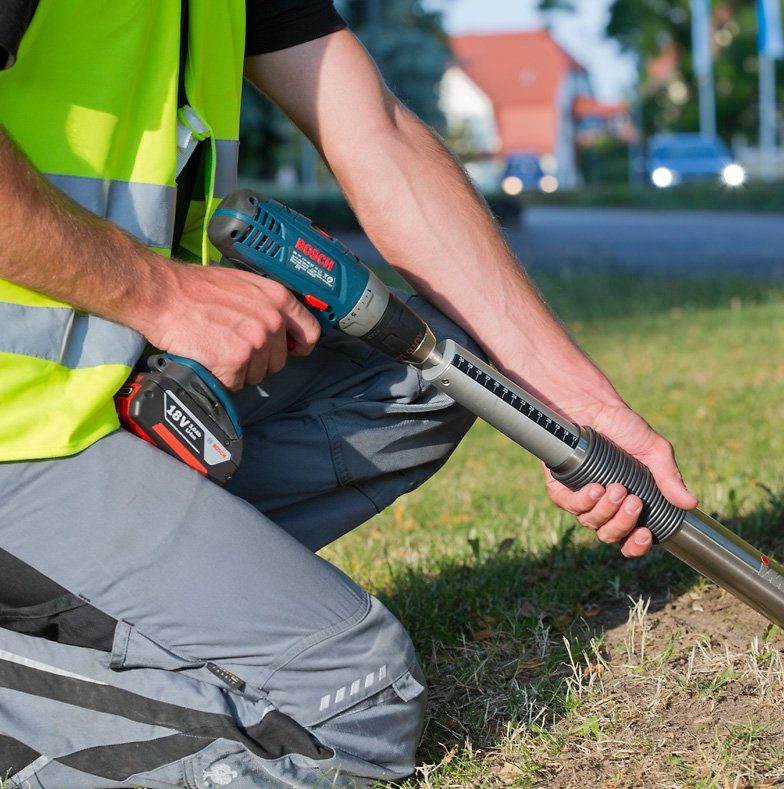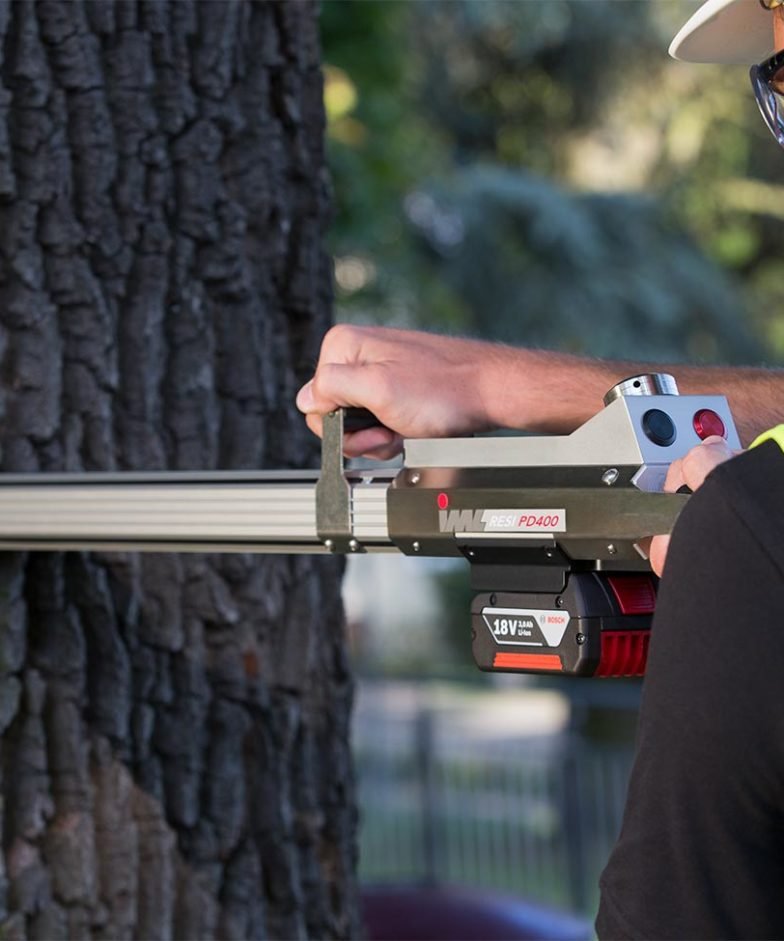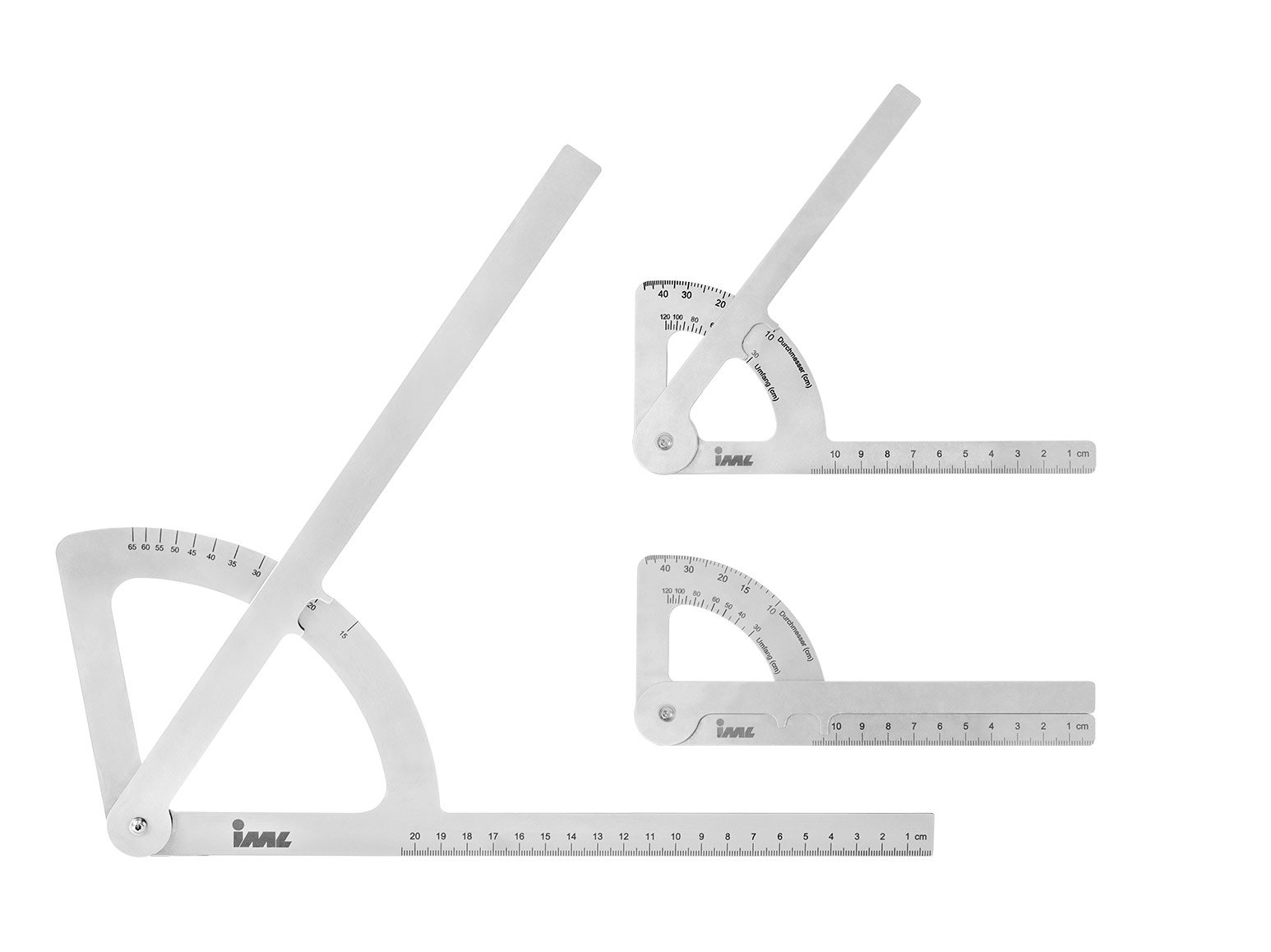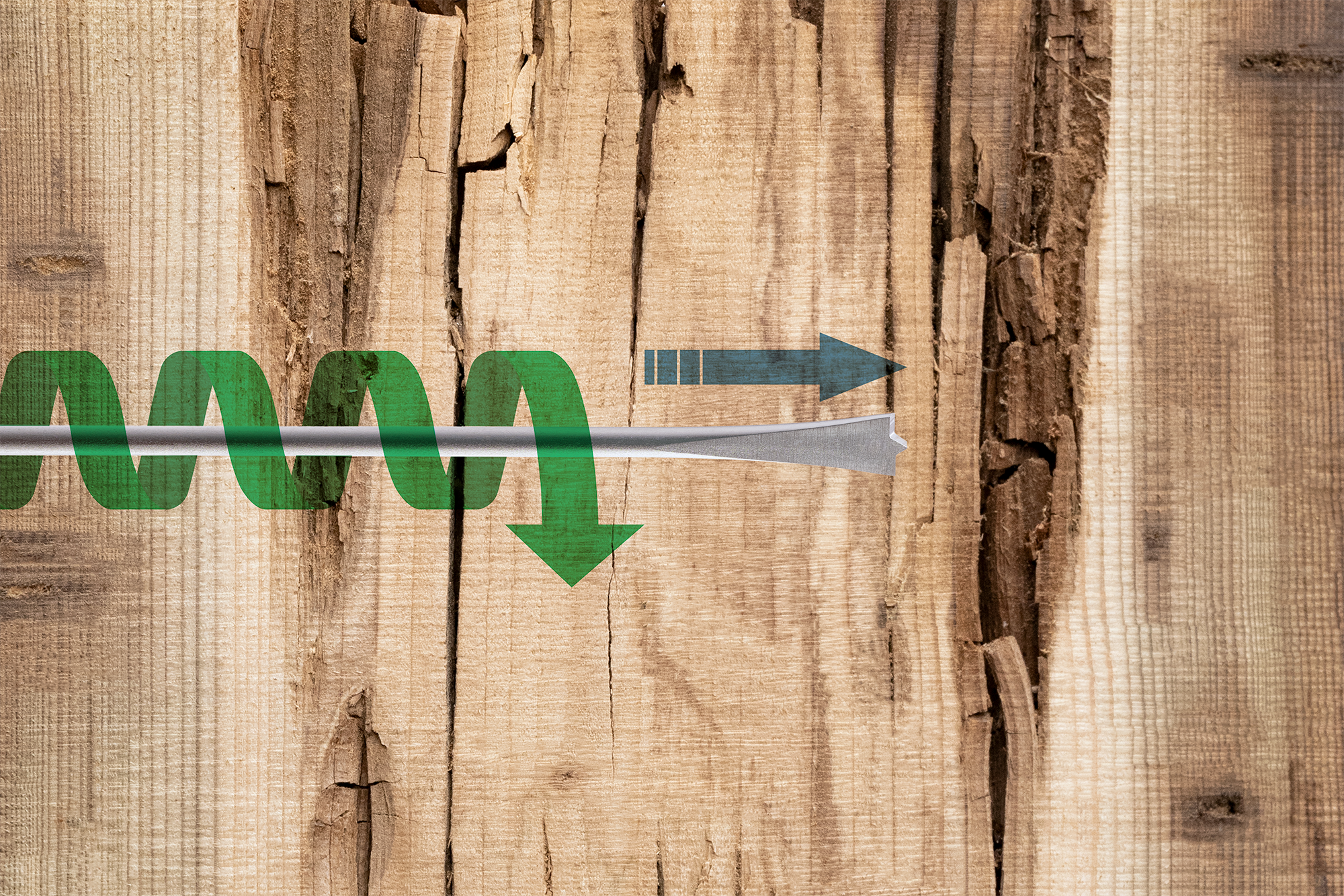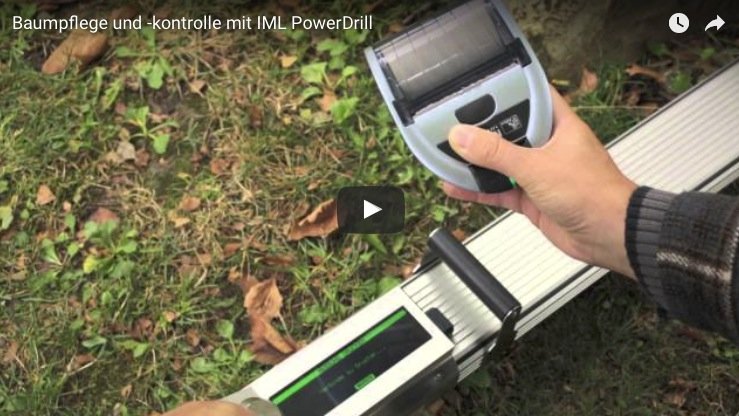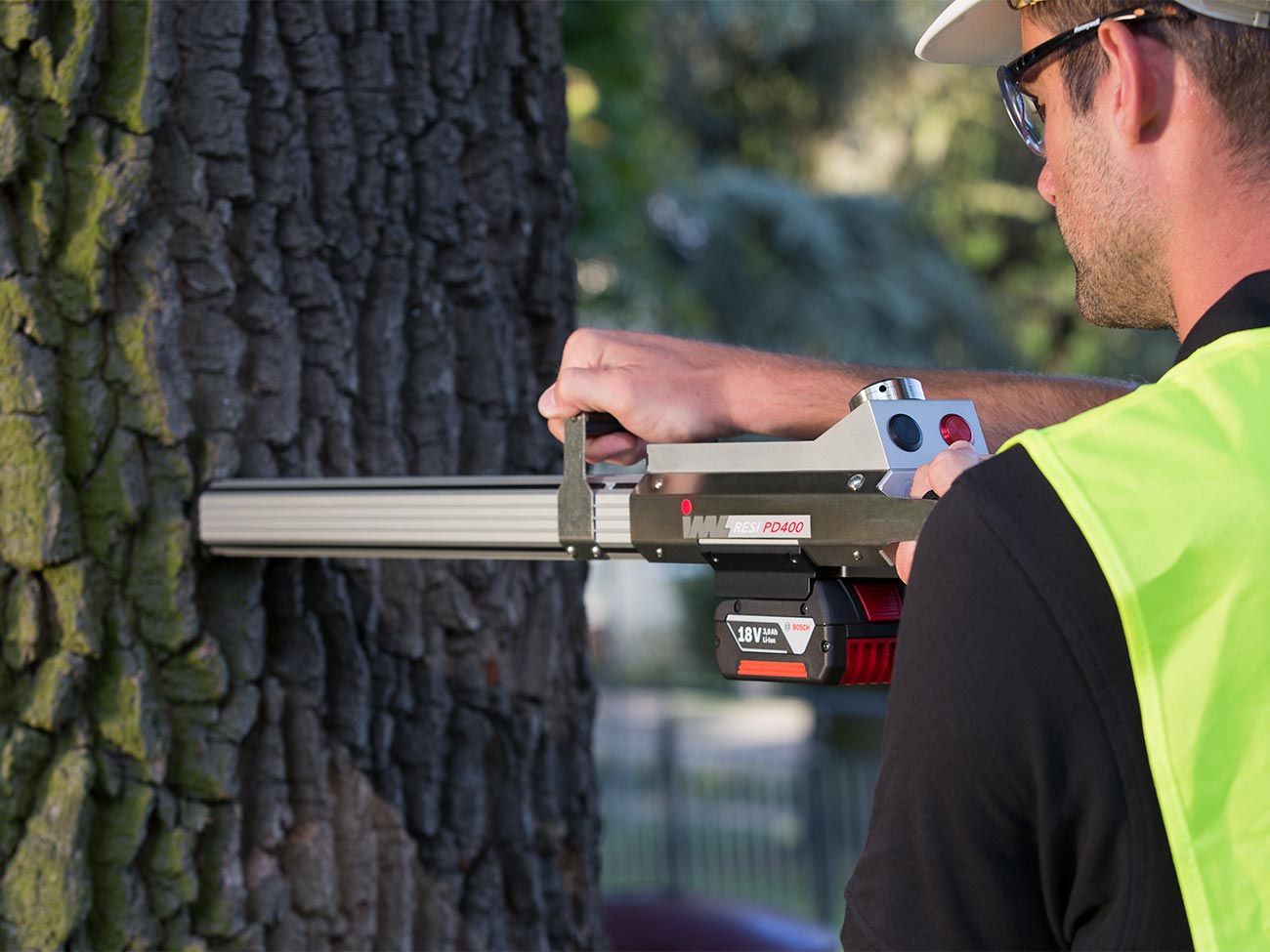
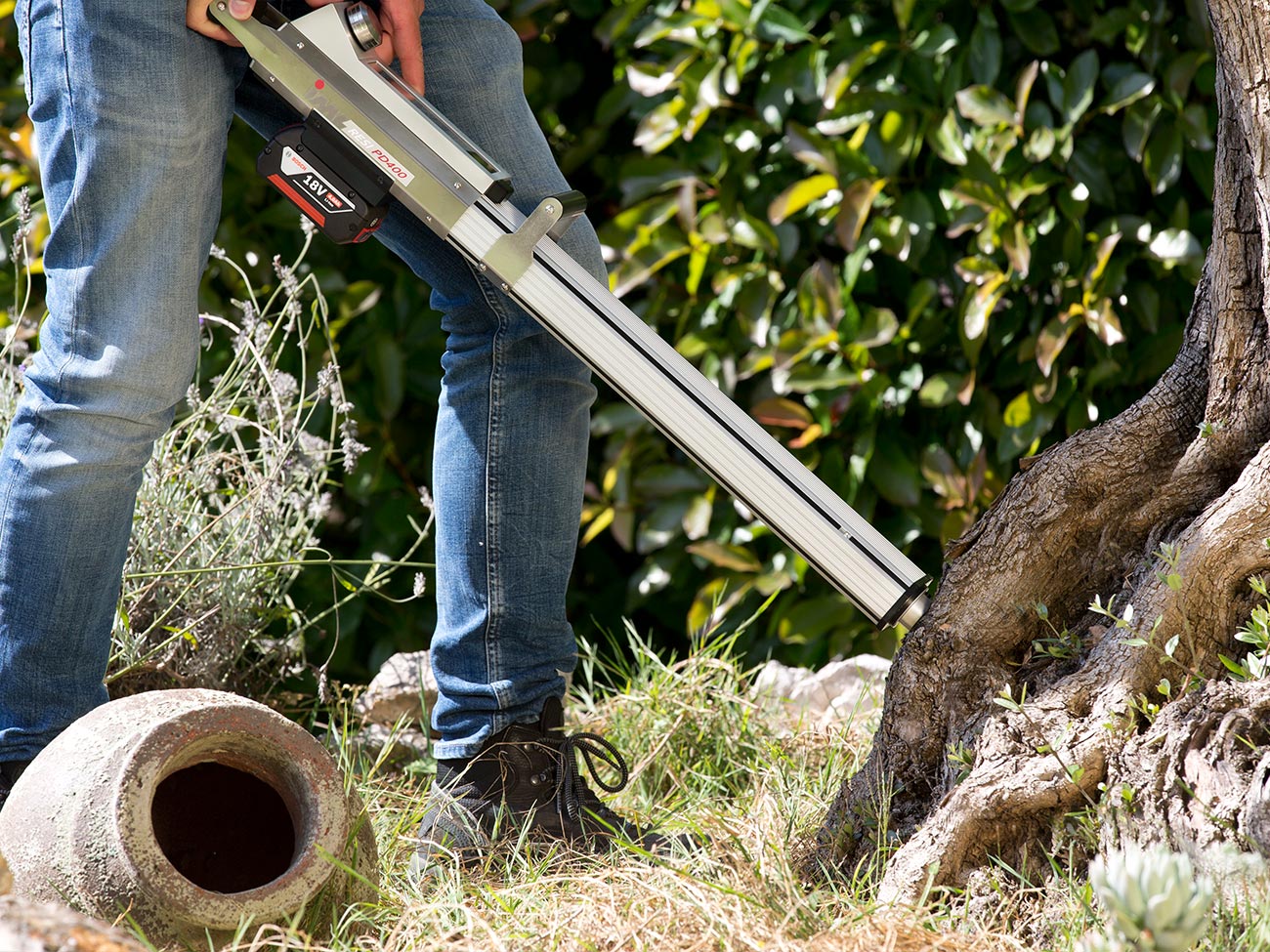
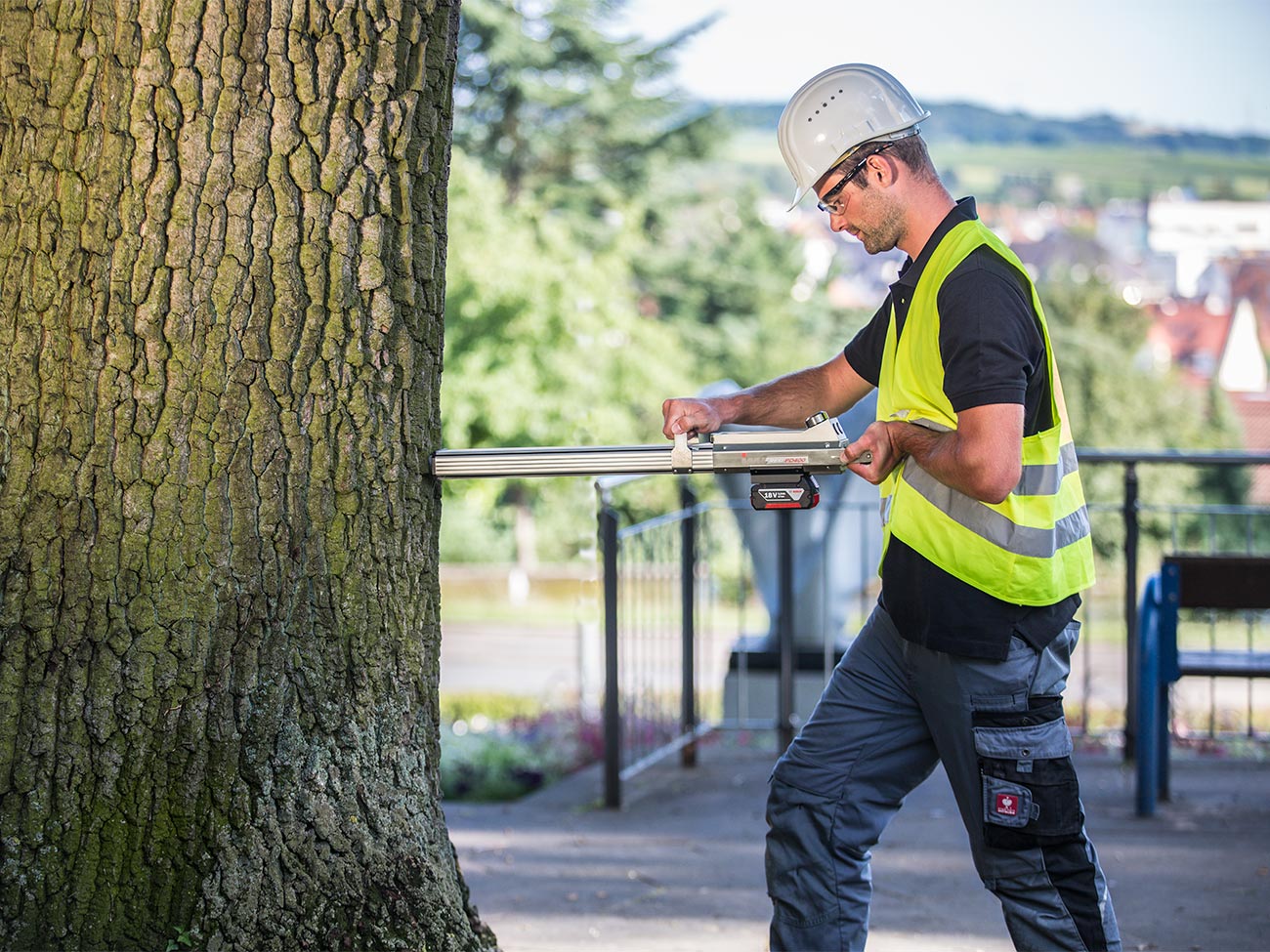
Tree inspection
How healthy is the tree?
Recognize warning signals early enough
In the context of tree care and tree inspection our instruments help to detect inner defects at an early stage and to grant the traffic security. That way you can take steps to avoid personal and material damages in parks, alleys and forests.
The VTA method (Visual Tree Assessment) helps to detect defects by outward manifestations of the tree and therefore it ensures the correct application of our instruments. By means of this method (visual assessment) arborists, tree inspectors and experts are able to identify in time dangers due to immanent tree failure. That way they can take the right measures early enough to prevent damages to persons or property.
The measurement methods of our test instruments are scientifically proven. Scientists and specialists recommend them as objective and reliable examination methods.
Advantages of the feed force measurement
Together with the drilling resistance, the measurement of feed force allows for realistic conclusions to be drawn regarding the evaluation of the wood. The IML-RESI PD-Series additionally measures the feed force required to push the needle into the wood. Practical experience has shown that the feed curve is only minimally influenced by shaft friction, which facilitates the detection of areas with wood.
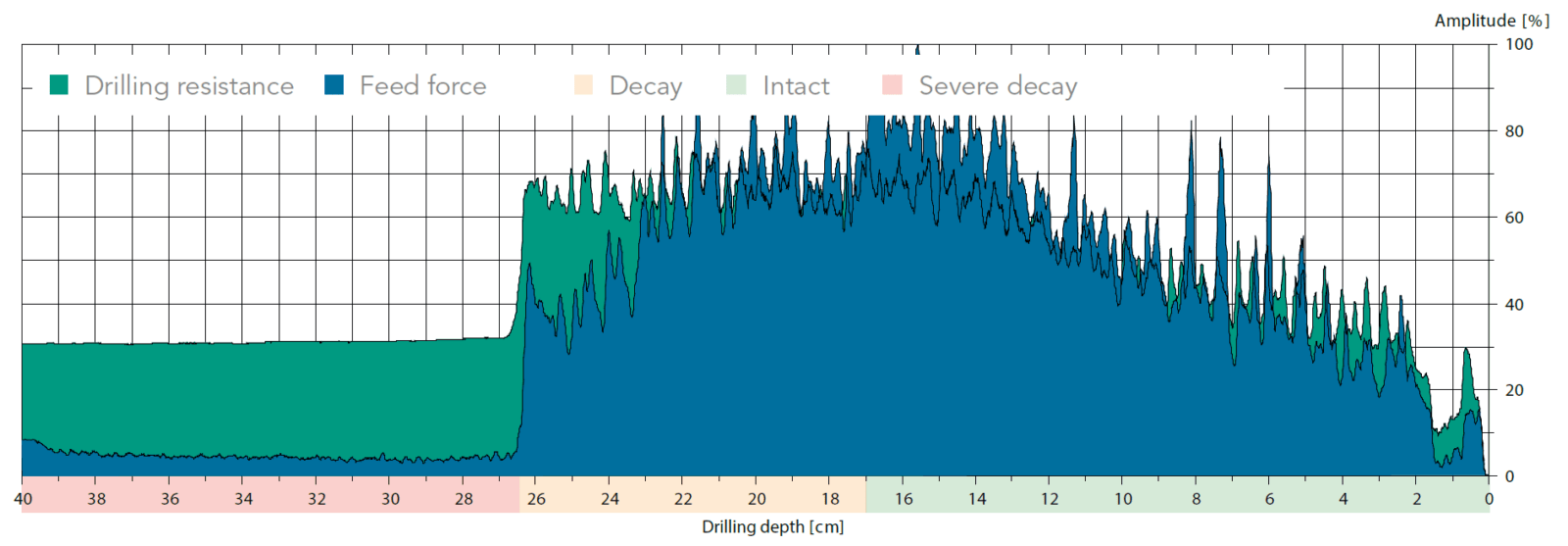
Learn more about drilling resistance and feed force measurement here.
Häufige Fragen zu „Tree Inspection“
Yes, you can take the information from PD/F Tools or WoodInspector and utilize it in your GIS or other related software.
The wood inspection drill measures the force of the needle turning through the wood product. For example, when the bit hits any soft decay the force on the graph will drop and if the needle hits a hard, brittle decay the graph will spike. If the bit runs through a cavity area the graph will drop measuring no resistance for the bit. The measurements are then collected on either a wax paper strip (F-Series) or electronically recorded for an instant upload (PD-Series).
With the F-Series drill the measurements are recorded on a wax paper strip. Typically users scan the wax paper strip into their report reinforcing their assessment of the wood. The PD-Series drill records the measurements automatically in digital form and can instantly upload these results to your computer via Bluetooth or USB cable. Software is available for your computer to analyze and organize your collected results.
Our systems for tree inspection
-
 IML-RESI MD300
IML-RESI MD300The IML-RESI MD300 is a driling instrument working purely mechanically that does not record a measurement curve, neither electronically nor mechanically. The user feels the result and can read the penetration depth on the 300 mm scale. Often an abrupt and fast penetration is perceptible when the instrument detects a rot zone. Even the annual rings of conifers can be noticed.
735,00 € -
 IML-RESI F-Series
IML-RESI F-SeriesThe IML-RESI F series is driven by an usual drill and is very easy to handle The instrument is cordless and therefore ideal for difficult operating conditions. The measurement profile is recorded simultaneously to the drilling depth on wax paper strip.
2.880,00 € -
 IML-RESI PowerDrill ®
IML-RESI PowerDrill ®The IML PowerDrill® is equipped with an electronic unit that gives clear support in taking, documenting and evaluating measurements. It can be used wherever reliable and meaningful measurements are required.
5.675,00 €
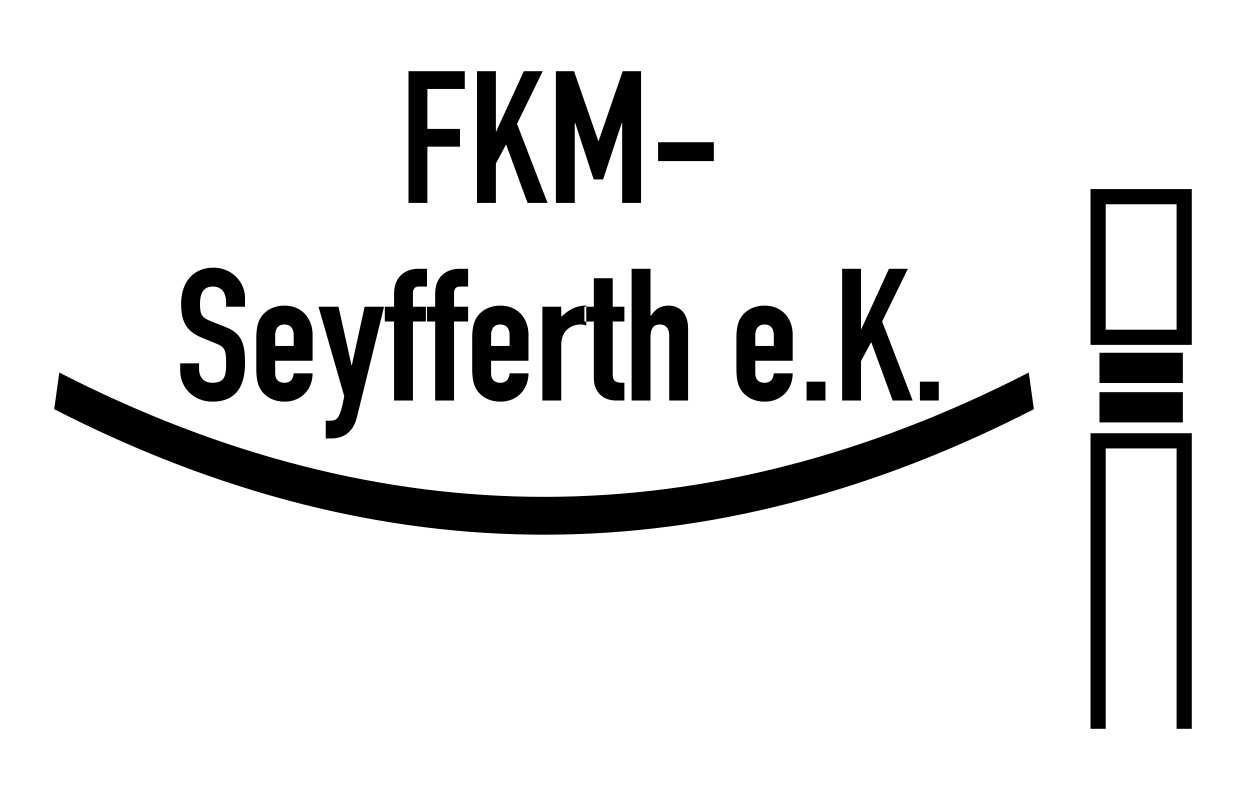
We have been cooperating very successfully and quality oriented with IML GmBh for several years. Problems?! There are none, because the team of IML is very friendly and helpful when ordering and in any technical direction to their products. They are up to the smallest detail. Definitely on a level 10 in a rating of 1-10. Thank you very much for the many years of good cooperation.

I previously worked with the IML-RESI B400 for years. This device worked flawlessly, due to the year of manufacture it had a rather Russian design. I am glad to have owned the B400 – so I can enjoy the advantages of years of development for the new PD-400: faster, much lighter, more compact, almost self-explanatory menu and eternally lasting battery! You can tell there’s a lot of attention to pragmatic detail here!

The many years of trustful cooperation in the segment of wood testing systems is of great importance on the part of FA. IML GmbH is characterized by high product quality and product development. In addition, the technical support is traget-oriented (very important for us), which is optimally implemented by the systematic approach of the respective employees. Questions, suggestions and if occurring ‘problems’, are immediately provided with a solution. In short, we feel that we are in “the best of hands”. Many thanks!
Articles on tree inspection
Tutorial for Tree Inspection with IML-RESI PowerDrill
Using the IML-RESI is very easy, but how do you actually use the device systematically during the detailed examination on the tree?This tutorial gives you initial impulses on site and instructions on…
Tiny helping tools for timber pole and tree inspection: the new IML measuring gauge
IML (Instrumenta Mechanik Labor) has developed a measuring gauge with which you can measure four parameters at once.
Feed force measurement – Simply know what nobody sees – Advantage through technology
High accuracy for hard wood and early wood decay The feed force is the force required by the drilling needle to penetrate the wood. Besides the drilling resistance it is the second…
Risk assessment of an oak tree
Learn more from Dipl.-Ing. H. Schwarze on the procedure for a detailed examination of the tree. Read now!
The city of Heidelberg about IML tree markers and suitable hammering tools
For some time now we have been using IML’s tree marks to mark our trees in Heidelberg. The tree marks are made of aluminium and have an anodised coating. So far we…
Road safety for trees
Road safety for trees They enliven the cityscape and loosen up urban spaces, provide shade in summer and delight with colourful foliage in autumn: Trees have become an indispensable part of our…
How healthy is the tree?
Tree Care & Tree Inspection Recognize warning signals early enough How healthy is the tree? In the context of tree care and tree inspection our instruments help to detect inner defects at…


